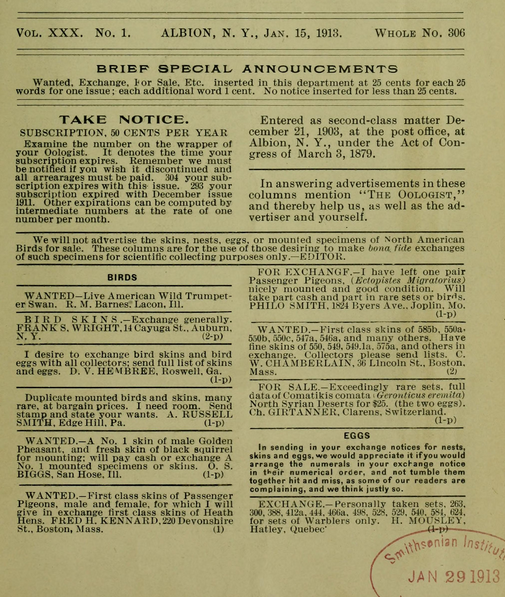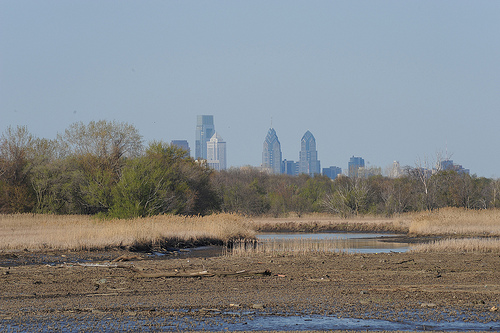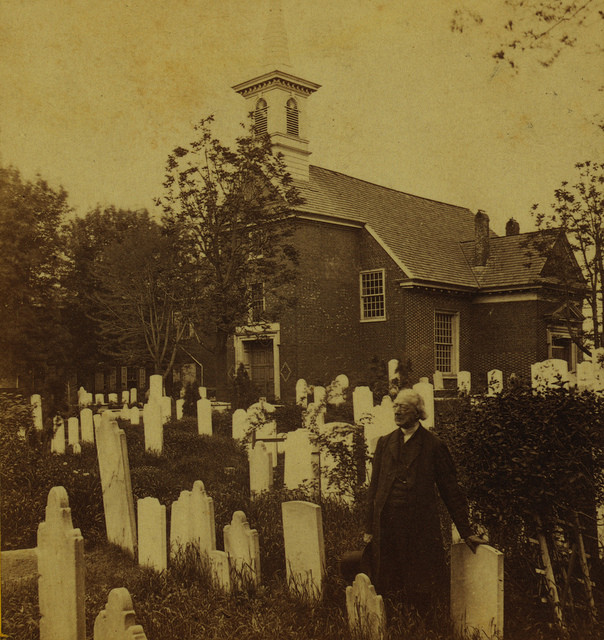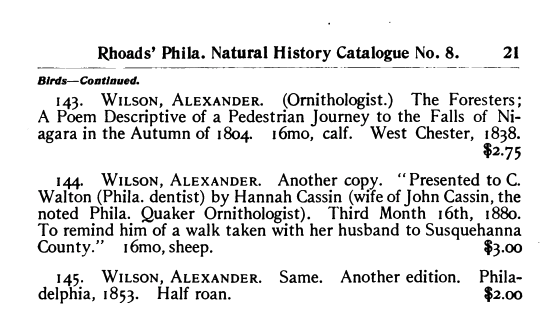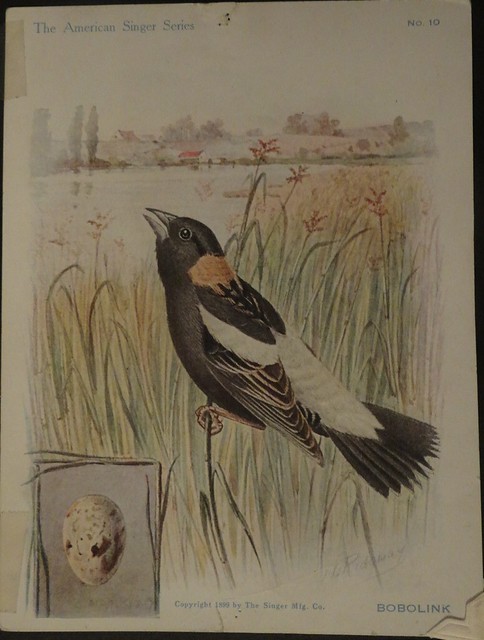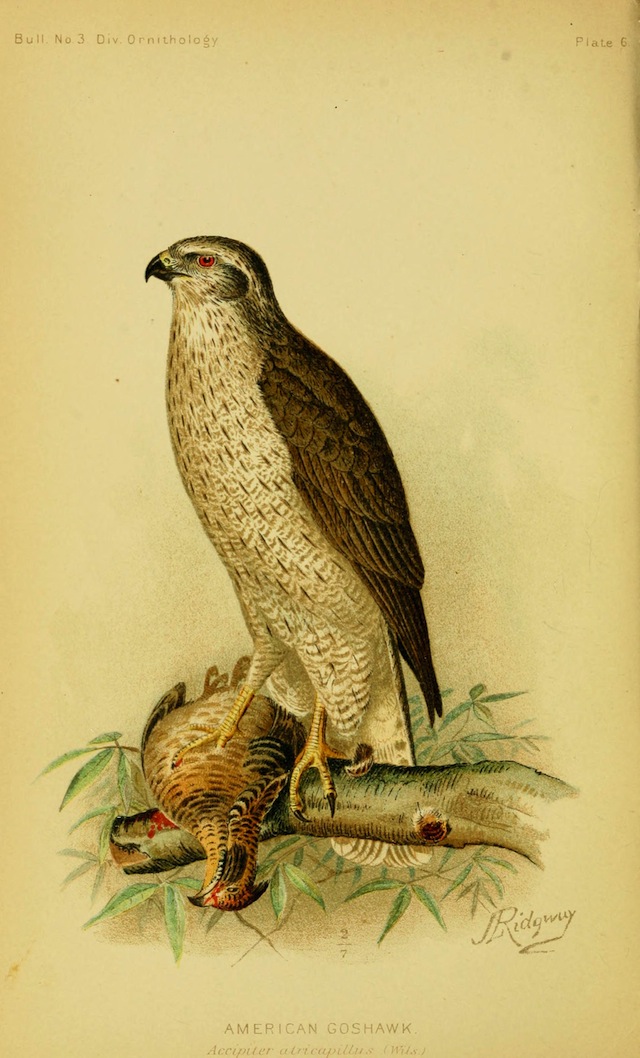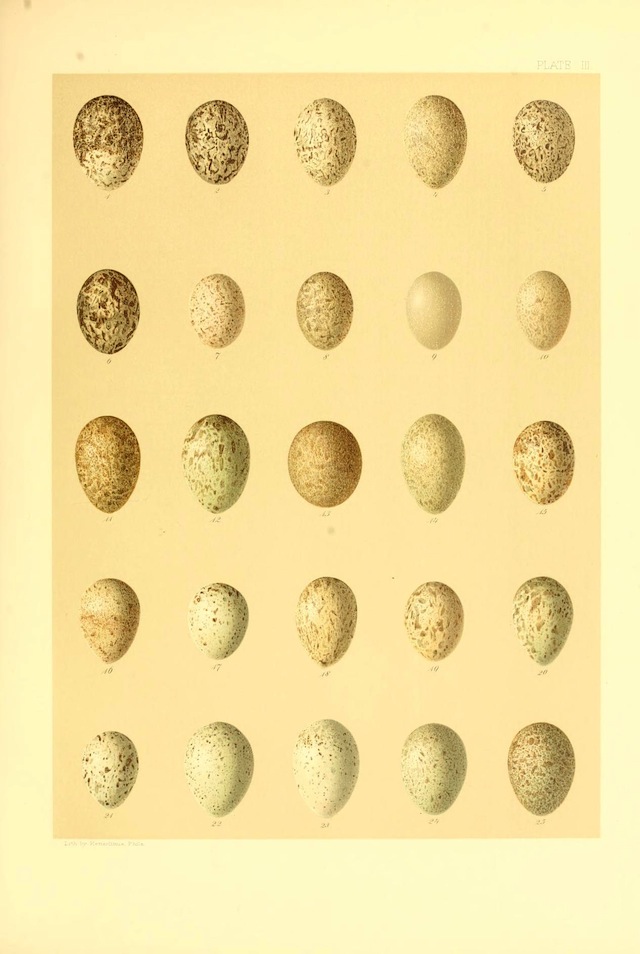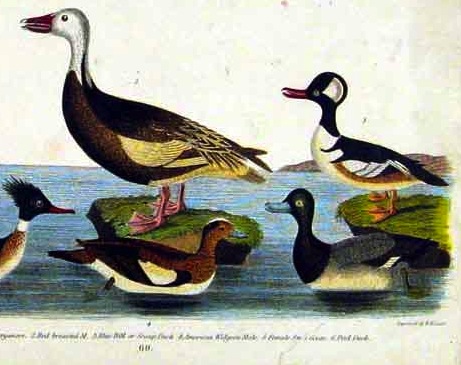Of the making of many books there is no end — and in my case at least, of the reading of many of them there is no beginning. My mind is full of the dimly remembered names of all those “minor” writers I’ve wanted to read, or should have read, or — when it comes to so many of my high school English assignments — claim to have read.
Every once in a while I try to make it up.

Donald Culross Peattie was a famous name well before I was born, one encountered again and again in all that sturdy, workman-like prose we read mid-century. For some reason, though, in spite of the praise heaped on him by my favorite naturalist authors, I never actually bothered to take up anything he’d written.
In this Wilson year, though, and in preparation for my August tour, I’ve been trying to read everything I can about the Father of American Ornithology; and I vaguely recalled that Peattie had somewhere published a brief biography.
It doesn’t take long in these days of internet wonders to put flesh on the bones of memory, and soon enough I had downloaded Green Laurels onto my trusty little kindle.
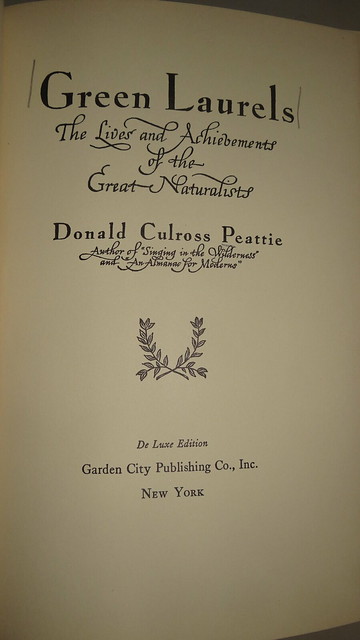
It will surprise some of you (wasn’t I called “an old fogey luddite” in a letter to the editor of Birding a couple of years ago?), but I don’t always mind reading books on line. In this case, though, I decided that I’d want to make some notes, an activity that I still find physically more comfortable with a pad and pencil and a “hard copy” of the book on the desk. So off trundled Alison to the library for me.
I was surprised that the book was available, and more surprised when I opened the clunky green-bound volume, its dust jacket long gone. The accession date penciled onto the flyleaf was nearly forty years later than the publication date: this book had been bought used. And whoever bought it had also purchased the original owner’s bookmarks.
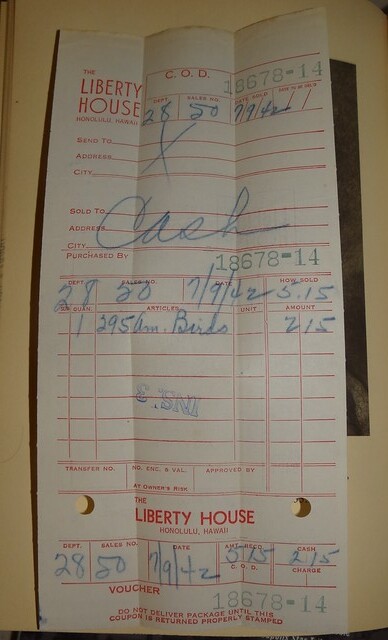
Here, from July 1942, the receipt for something called “295 American Birds,” sold for $2.15 cash in Honolulu, Hawaii; and here, dated some 27 years later, a newspaper clipping observing the erection of a monument on Mauna Kea to the great botanist and explorer David Douglas.
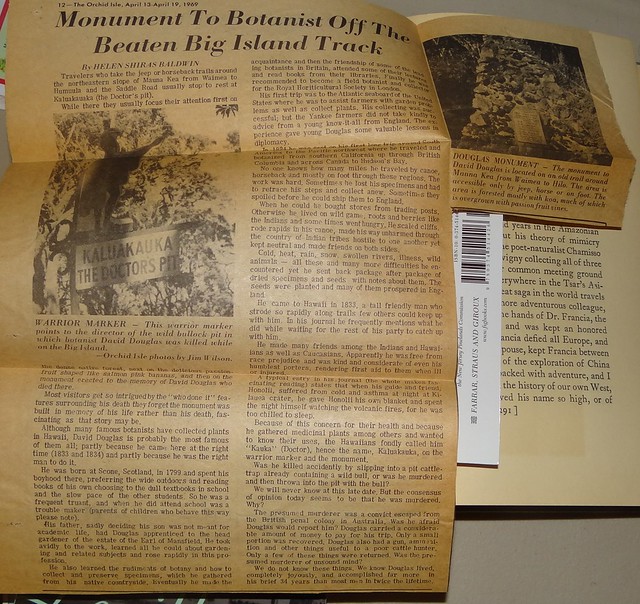
The Hawaii-Montclair connection, puzzling at first, came clear with a look at the bookplate on the front pastedown.
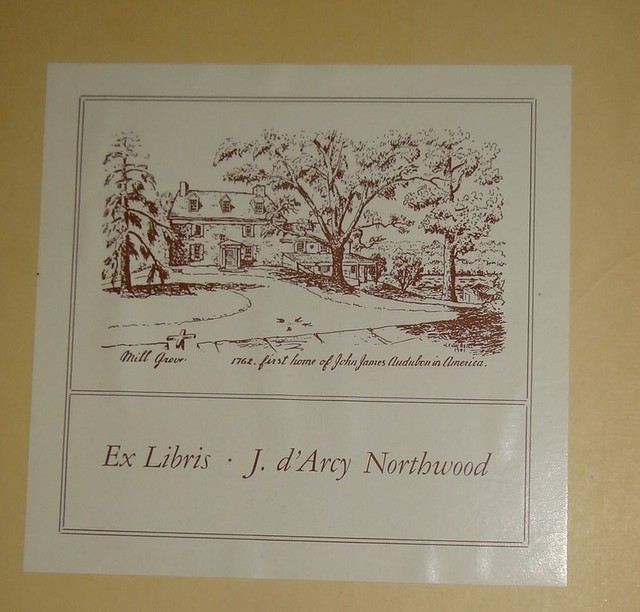
The volume was bought in January 1973 ex libris J. d’Arcy Northwood, a much-traveled figure in the history of twentieth-century birding, in New Jersey and across North America and its most far-flung islands, right up to his death in March 1972. Choate’s Cassinia obituary has Northwood — a British pilot during World War I, then a California-based sailor — landing in Hawaii, where he supervised plantations, served as a police chief, and in 1939 founded the Hawaii Audubon Society. A year later, he published his Familiar Hawaiian Birds.
Then came Florida, where Northwood worked as an Audubon warden, and then Ithaca, where he studied ornithology. Montclair must have come into the picture during his tenure (“short,” says Choate, and not abundantly documented — thereby must hang a tale) as Executive Director of the New Jersey Audubon Society; we know he was living there in 1951, when he published a pretty trivial note in The Auk about swimming yellowlegses.
Northwood’s bookplate is adorned with a sketch of John James Audubon’s Mill Grove, where he was curator of the “Audubon Shrine” until his retirement. According to Clay and Pat Sutton, Northwood, “a character in his own right,” moved with his new wife, the writer and artist Anne Ardrey, to Cape May; their “ramshackle cottage” there is now the Northwood Center of the Cape May Bird Observatory on Lily Lake.
It will be an easy matter to find out which others of the books from Northwood’s Montclair library stayed in town after his death; meanwhile, this volume serves as a direct line from a twenty-first-century reader to a twentieth-century personality I might otherwise never have bothered to look up.
And I highly recommend Green Laurels, by the way.


